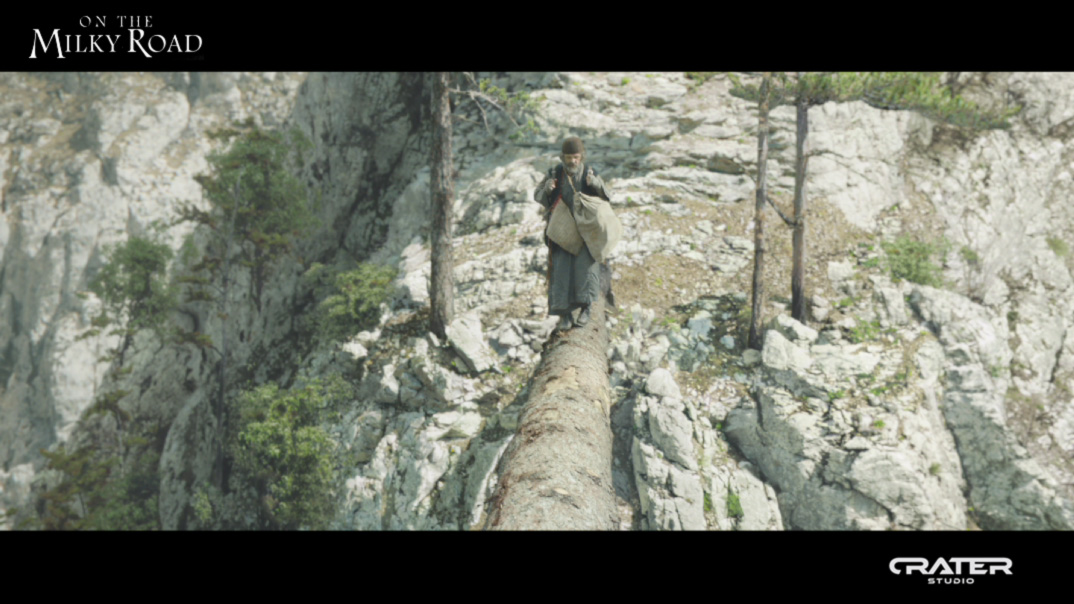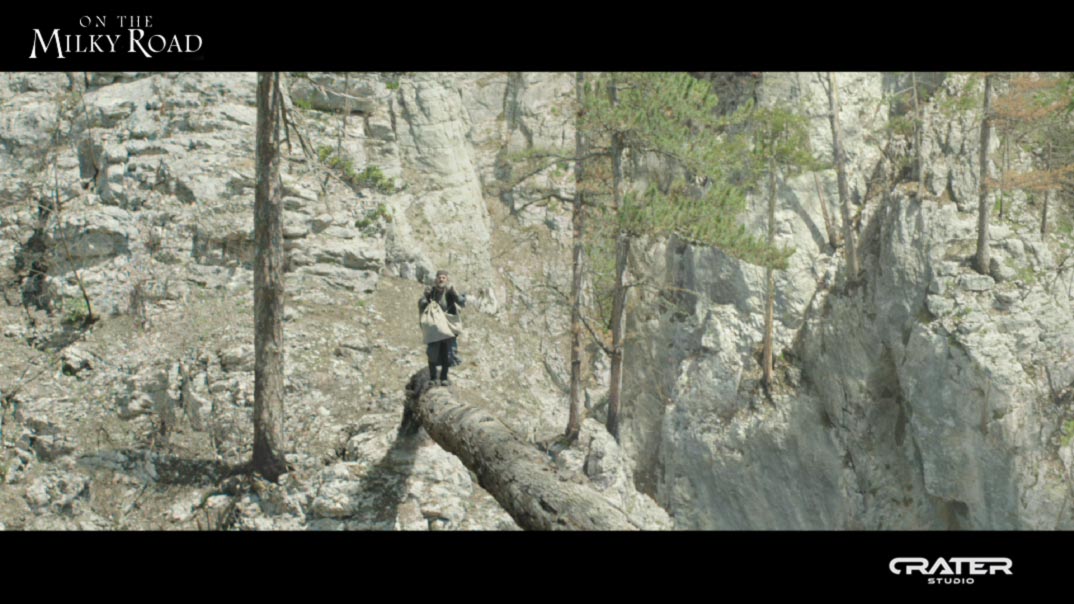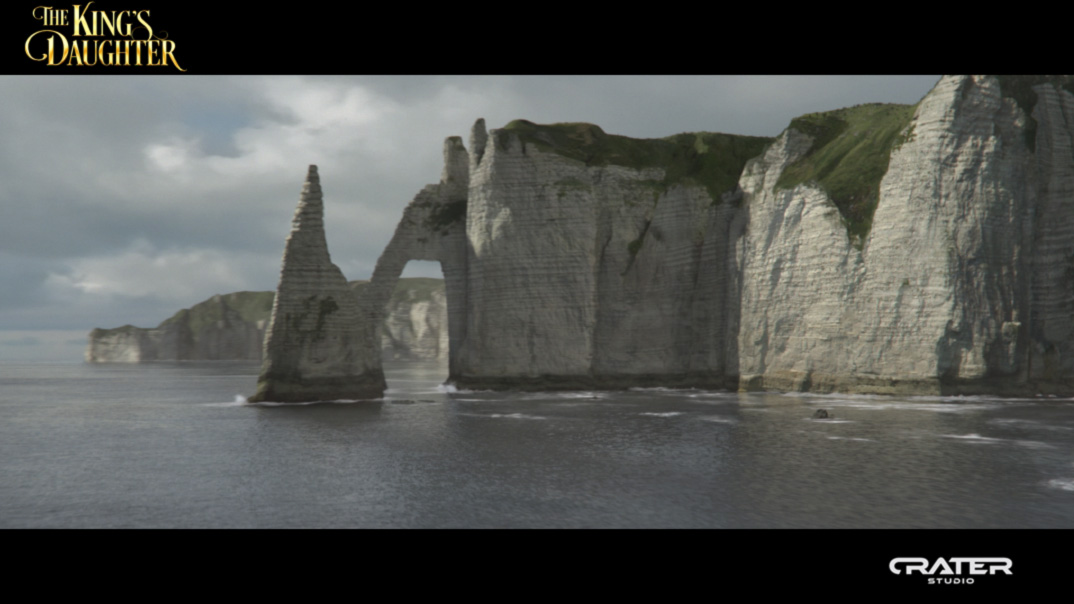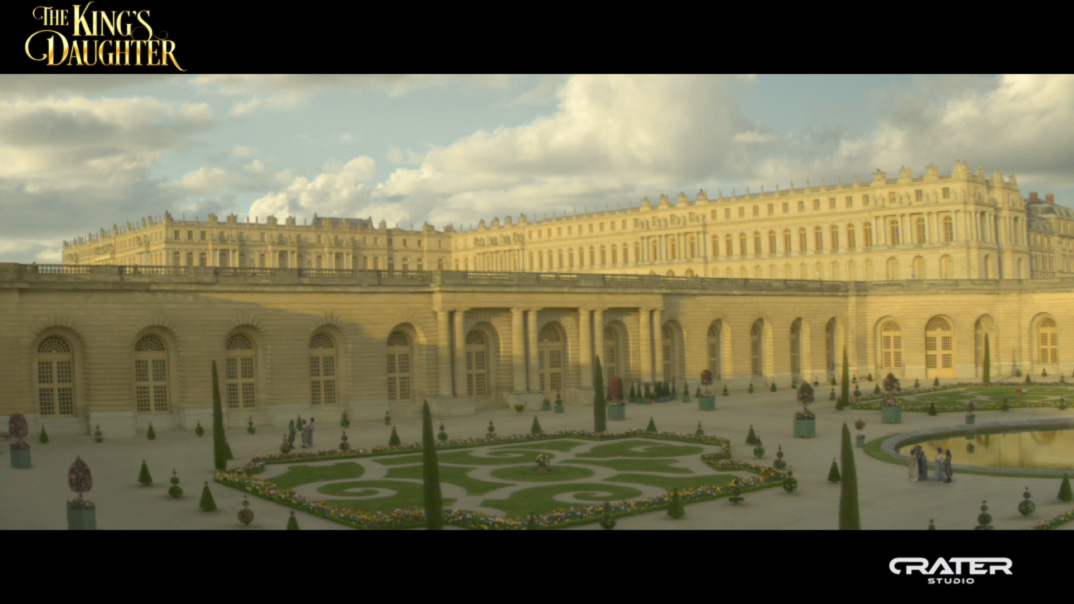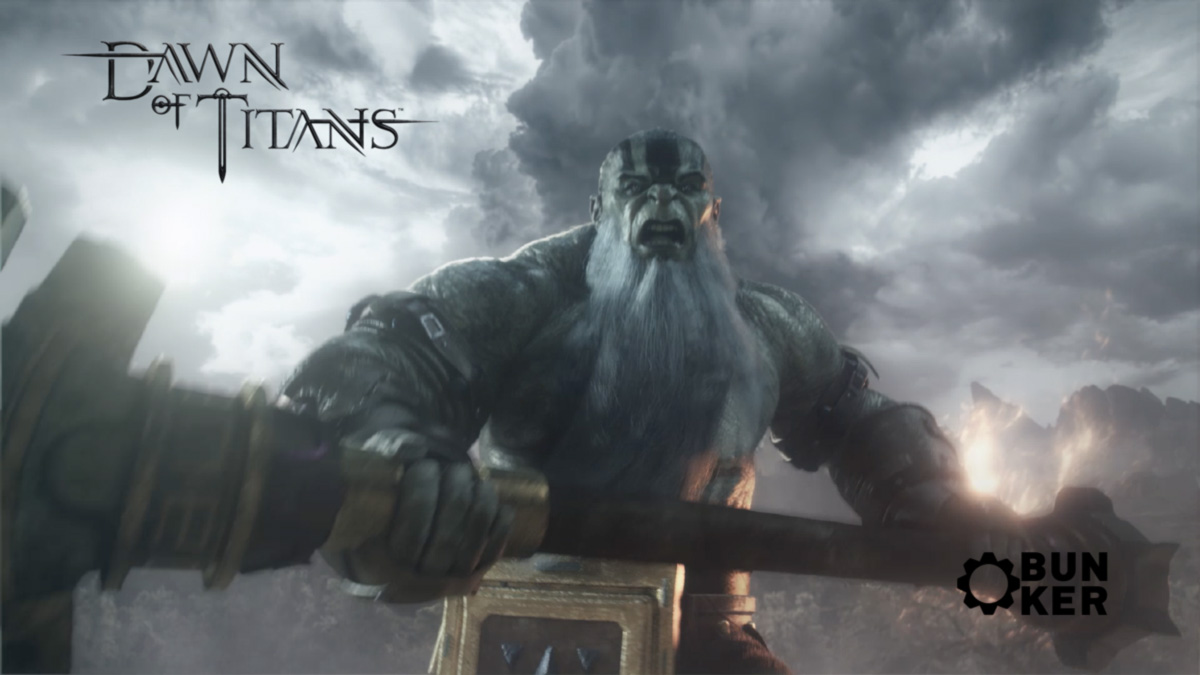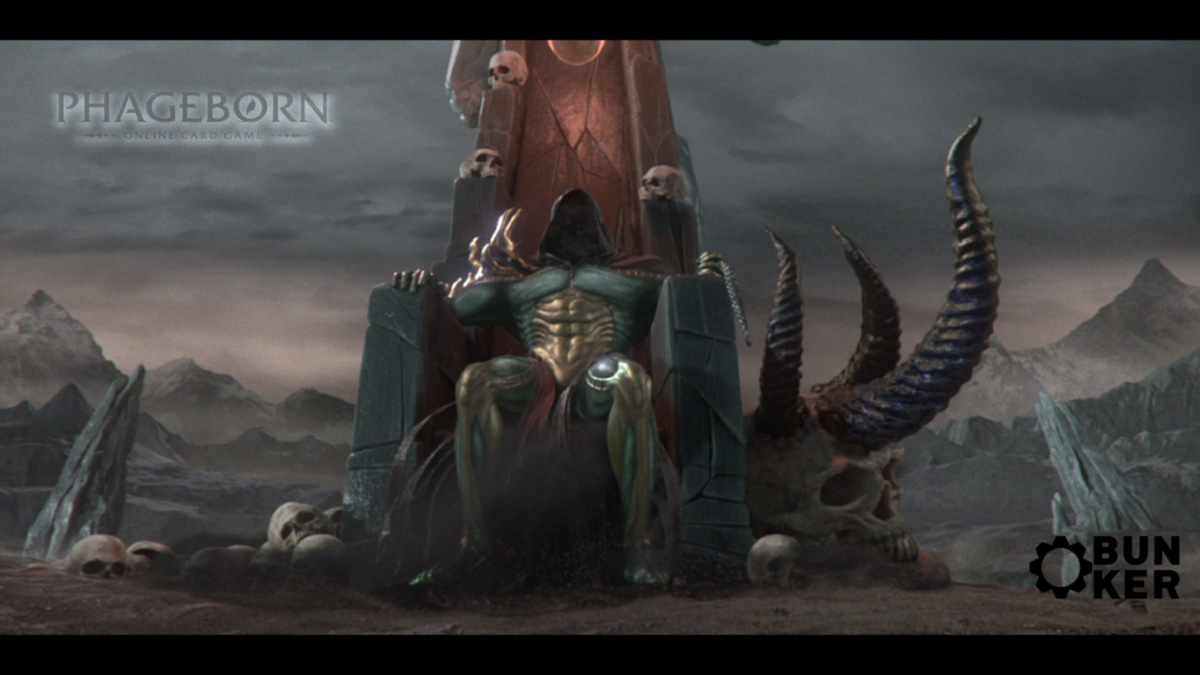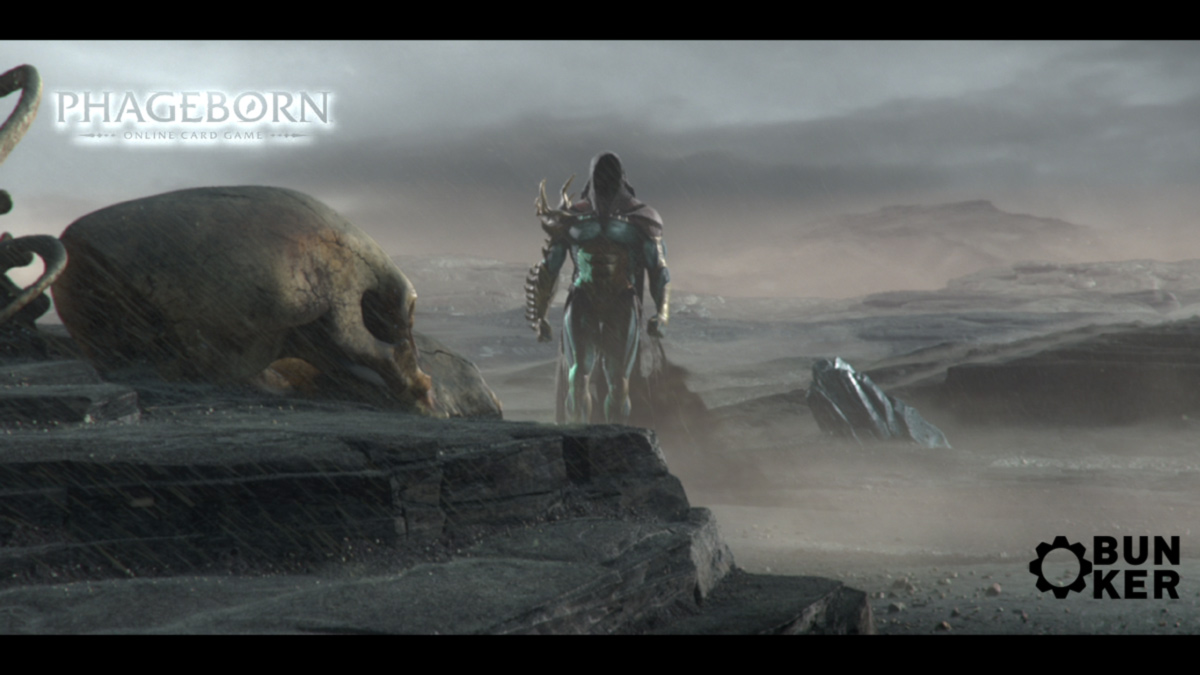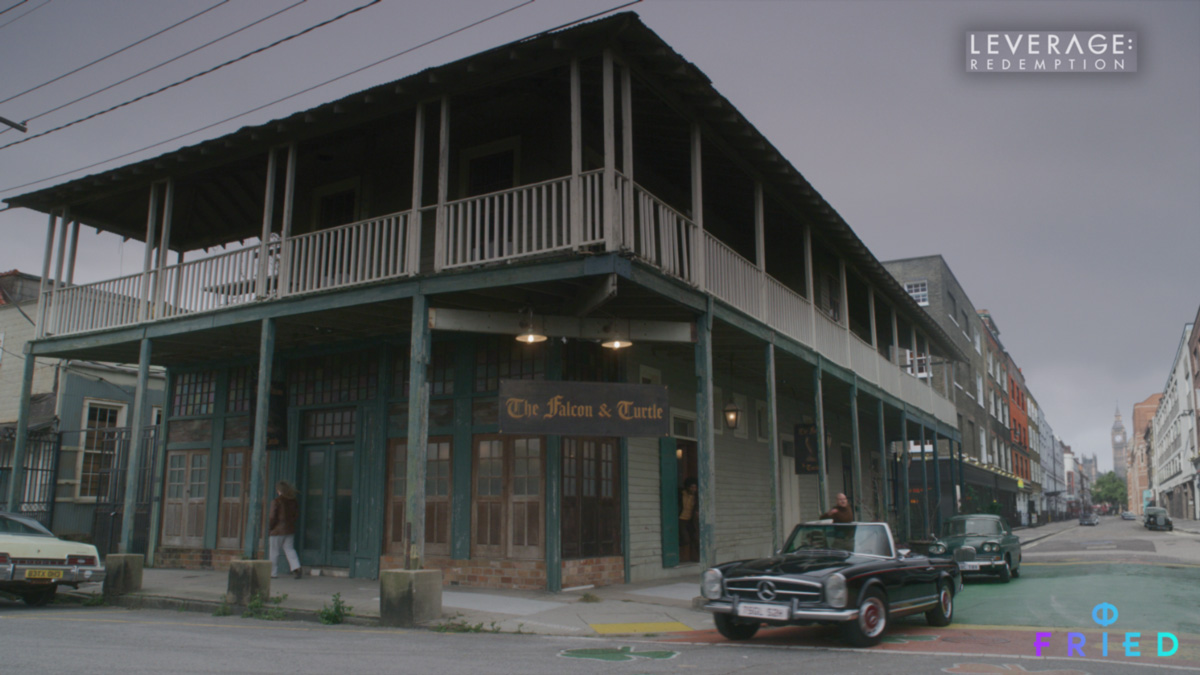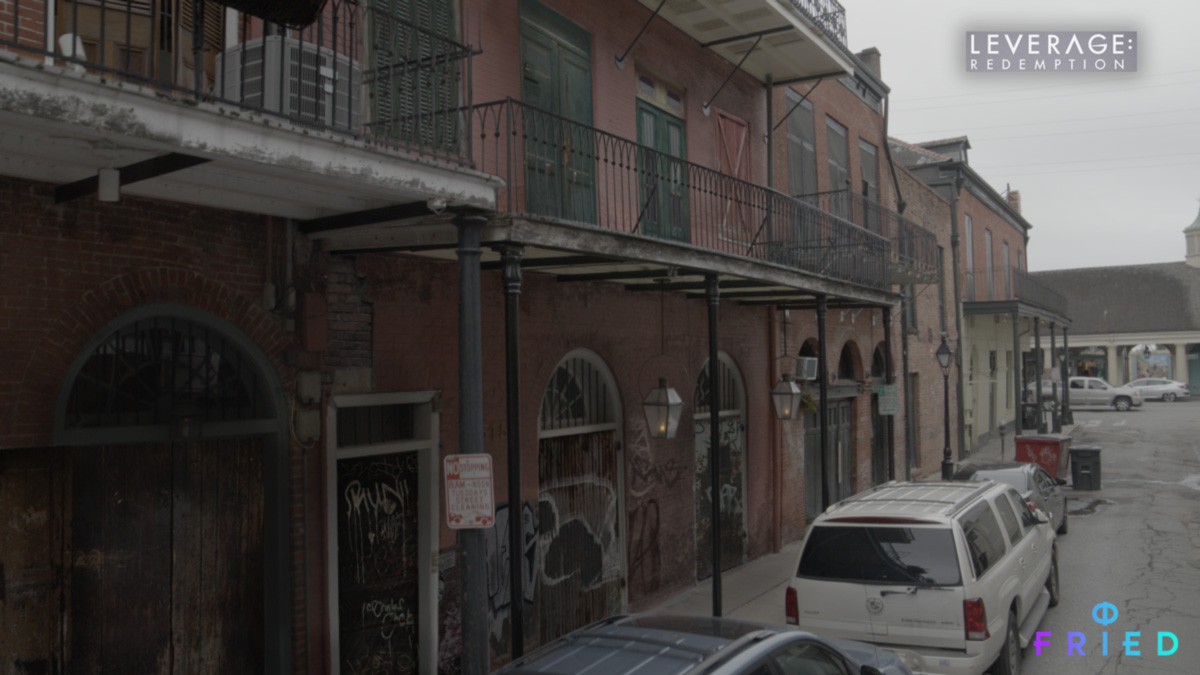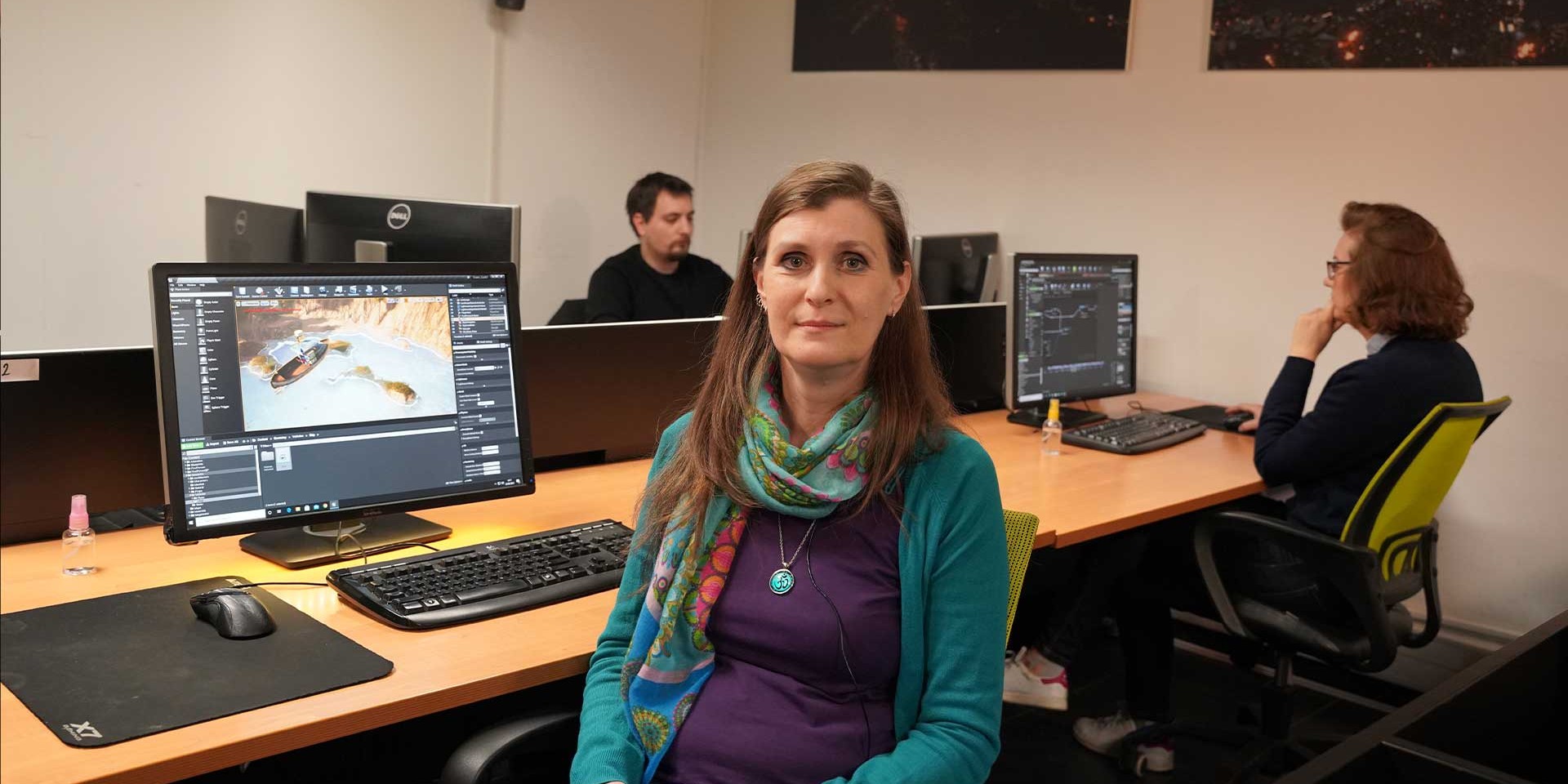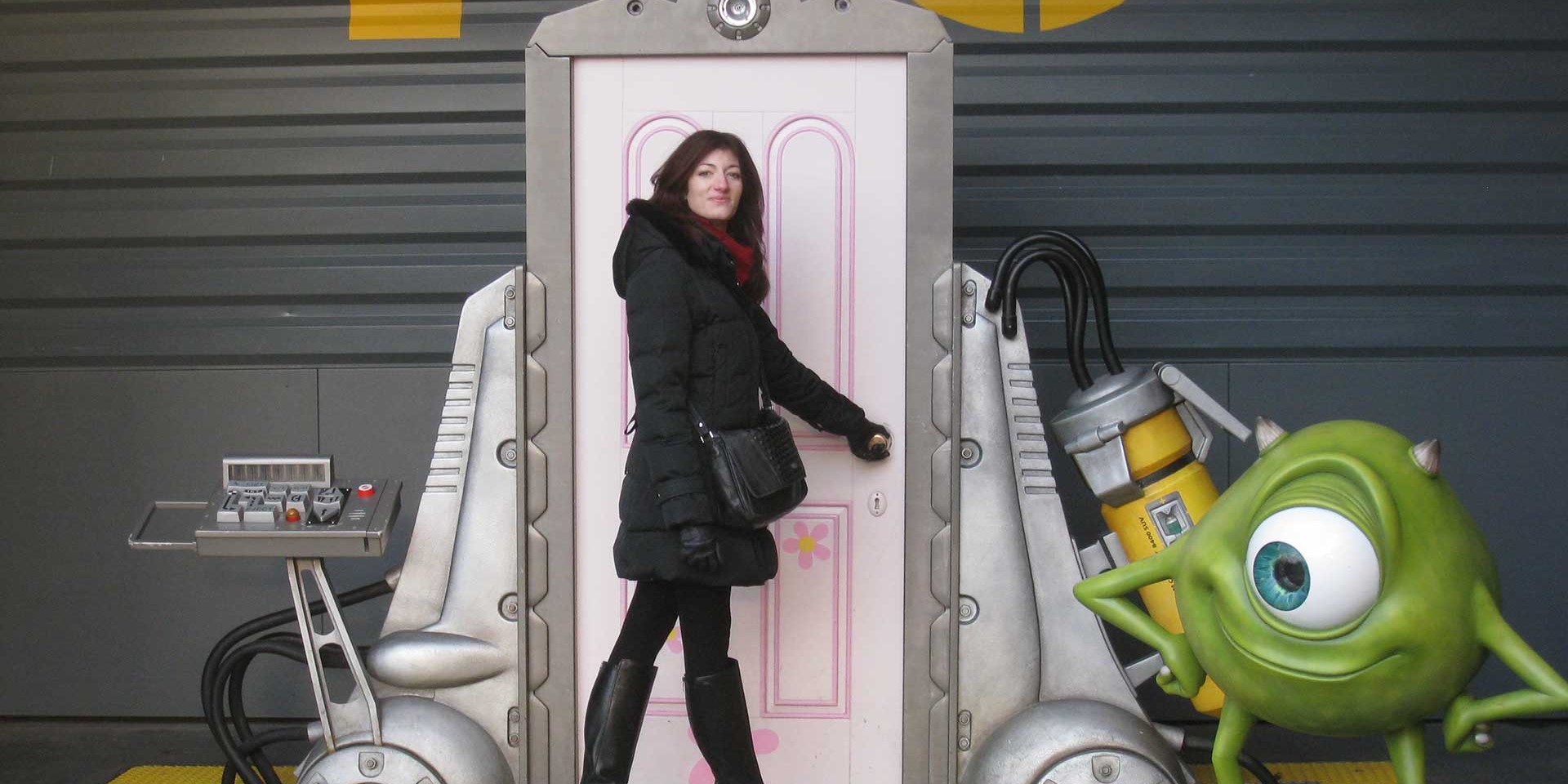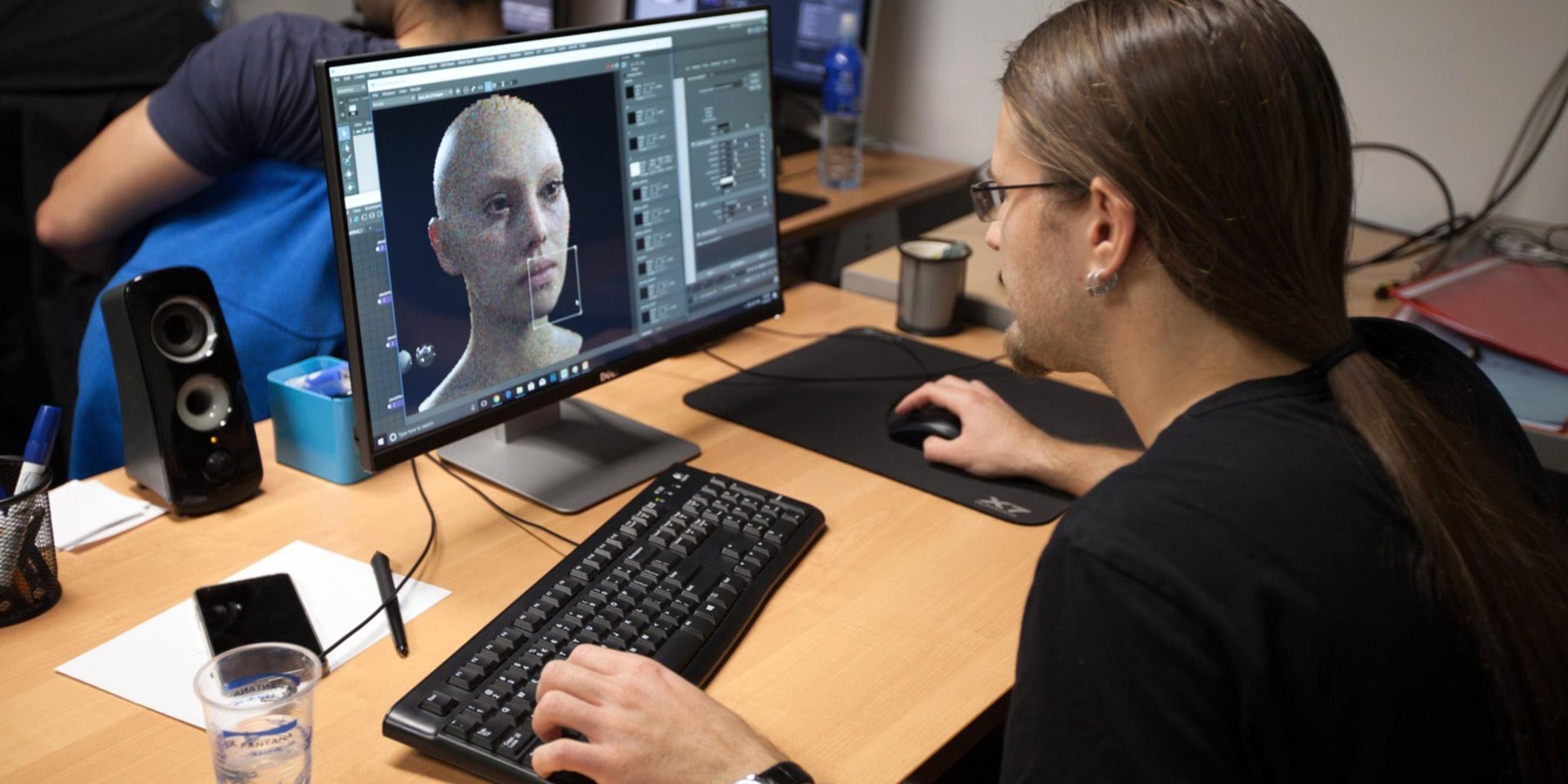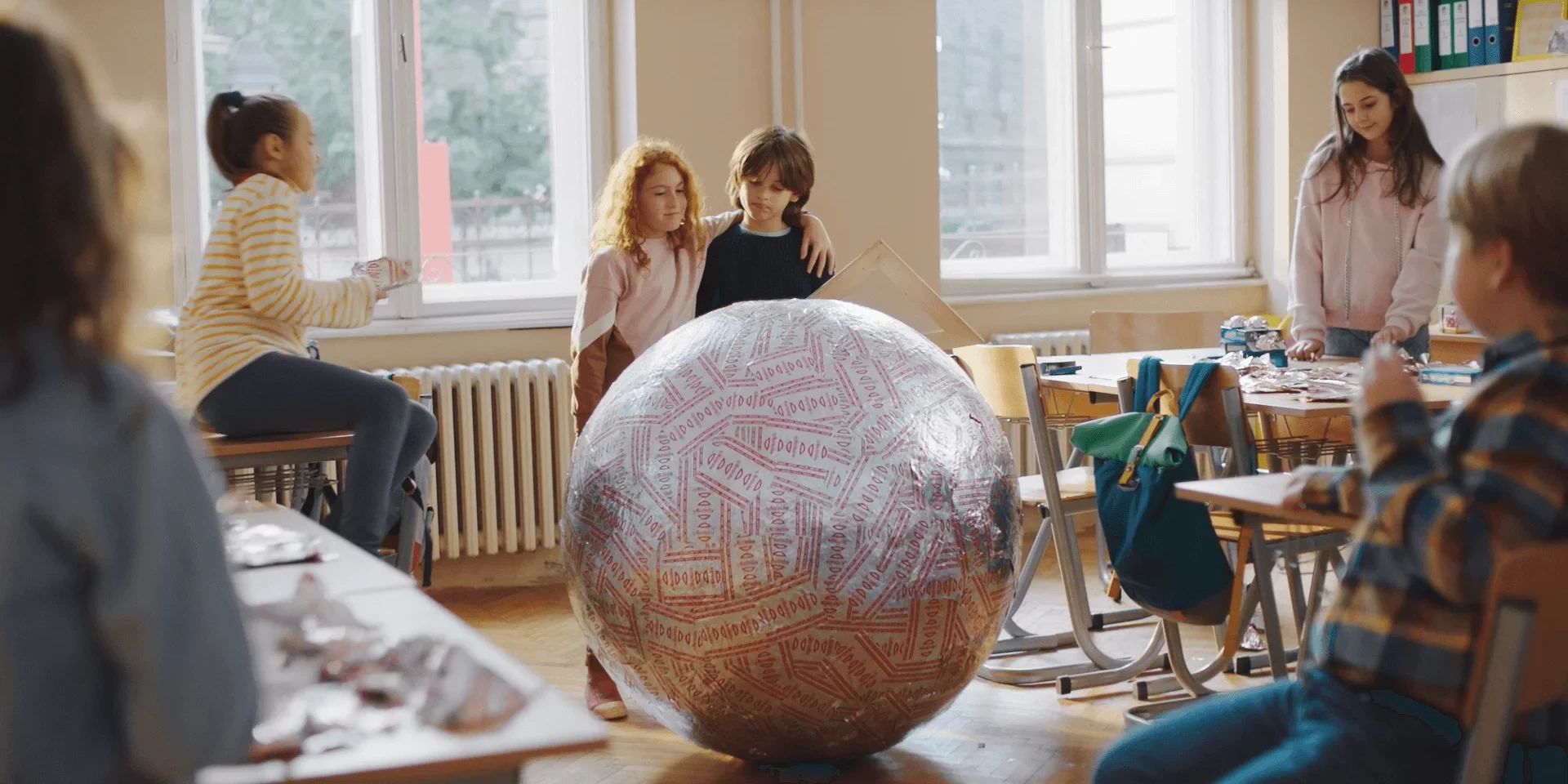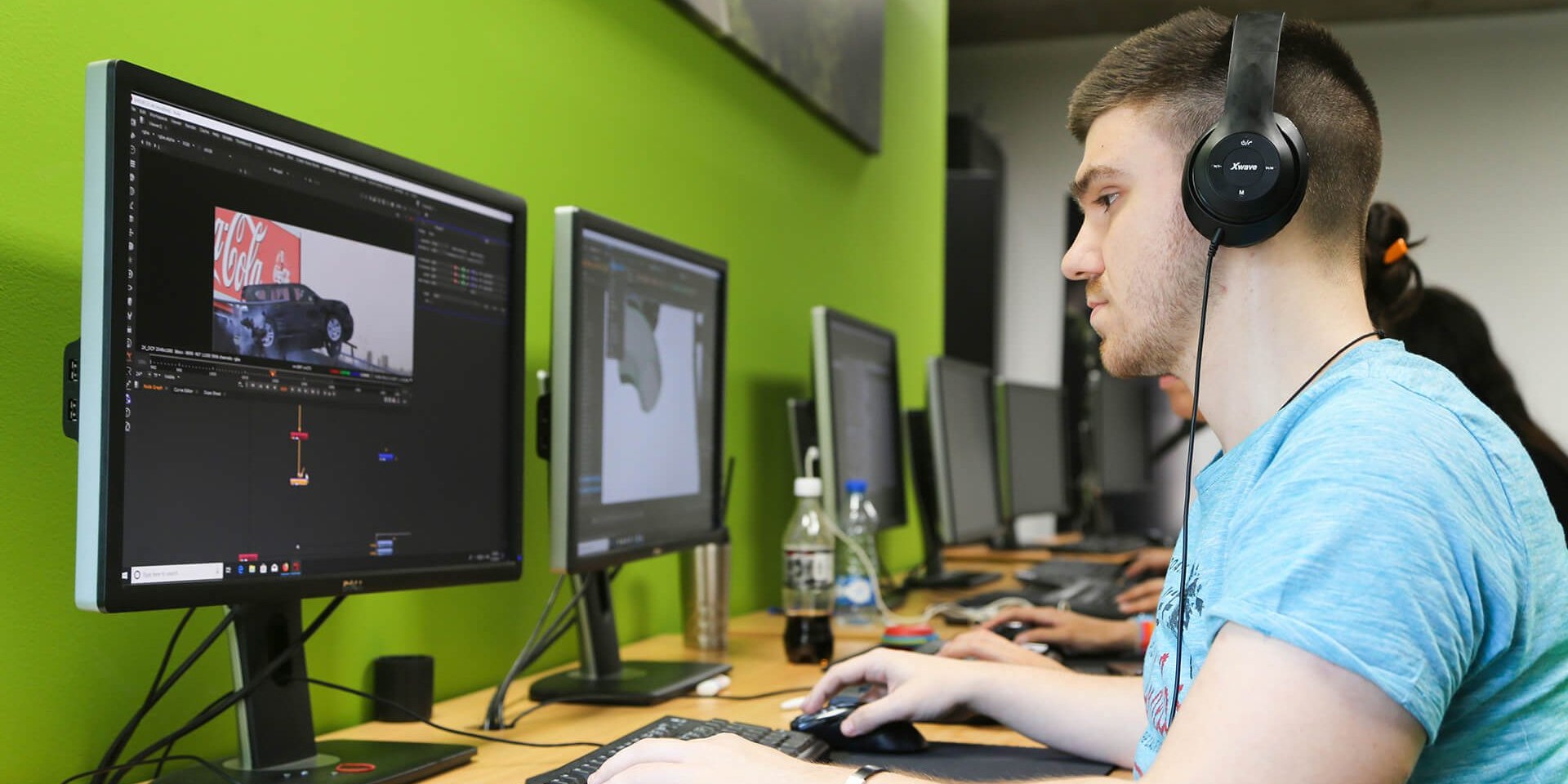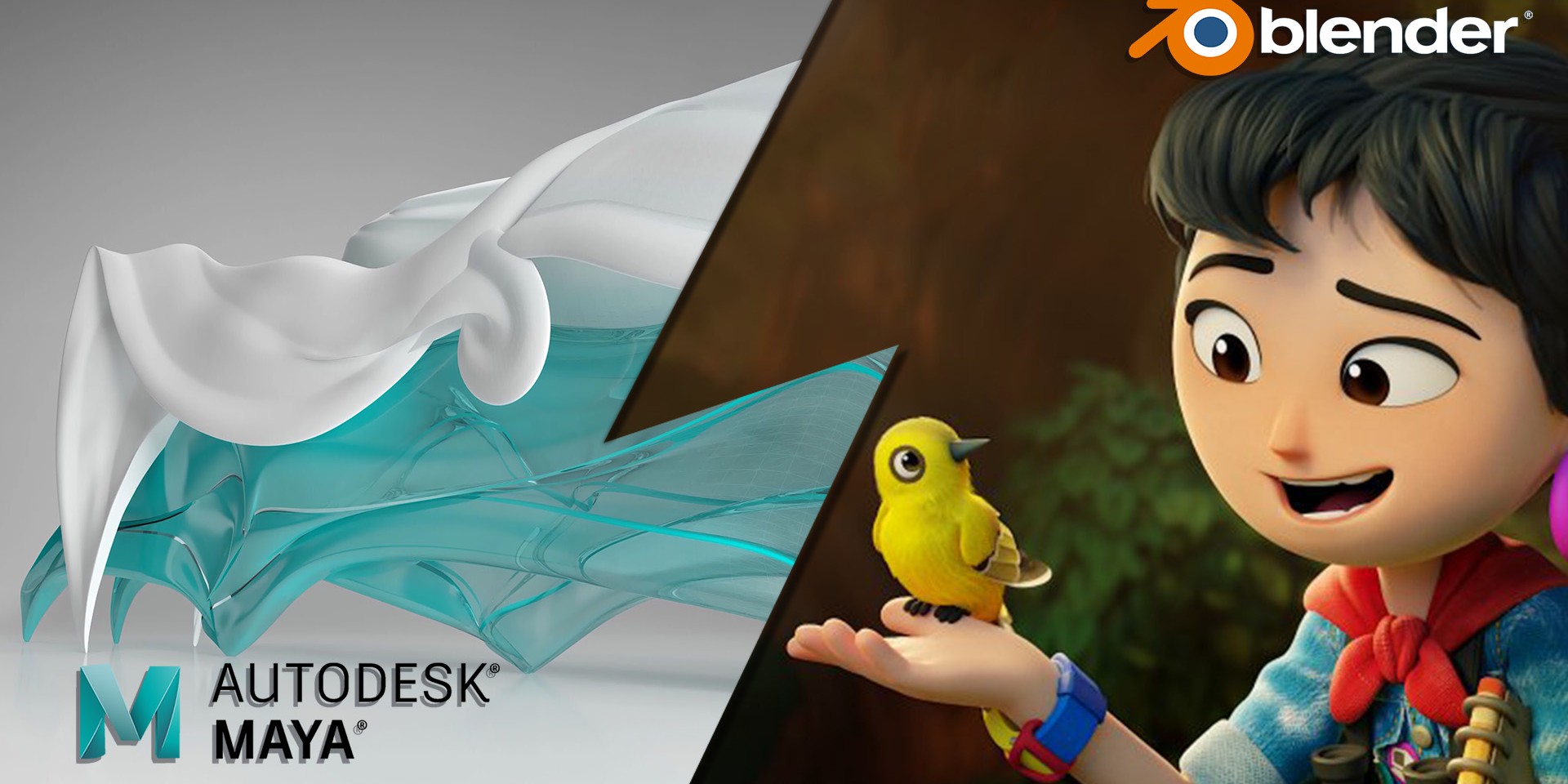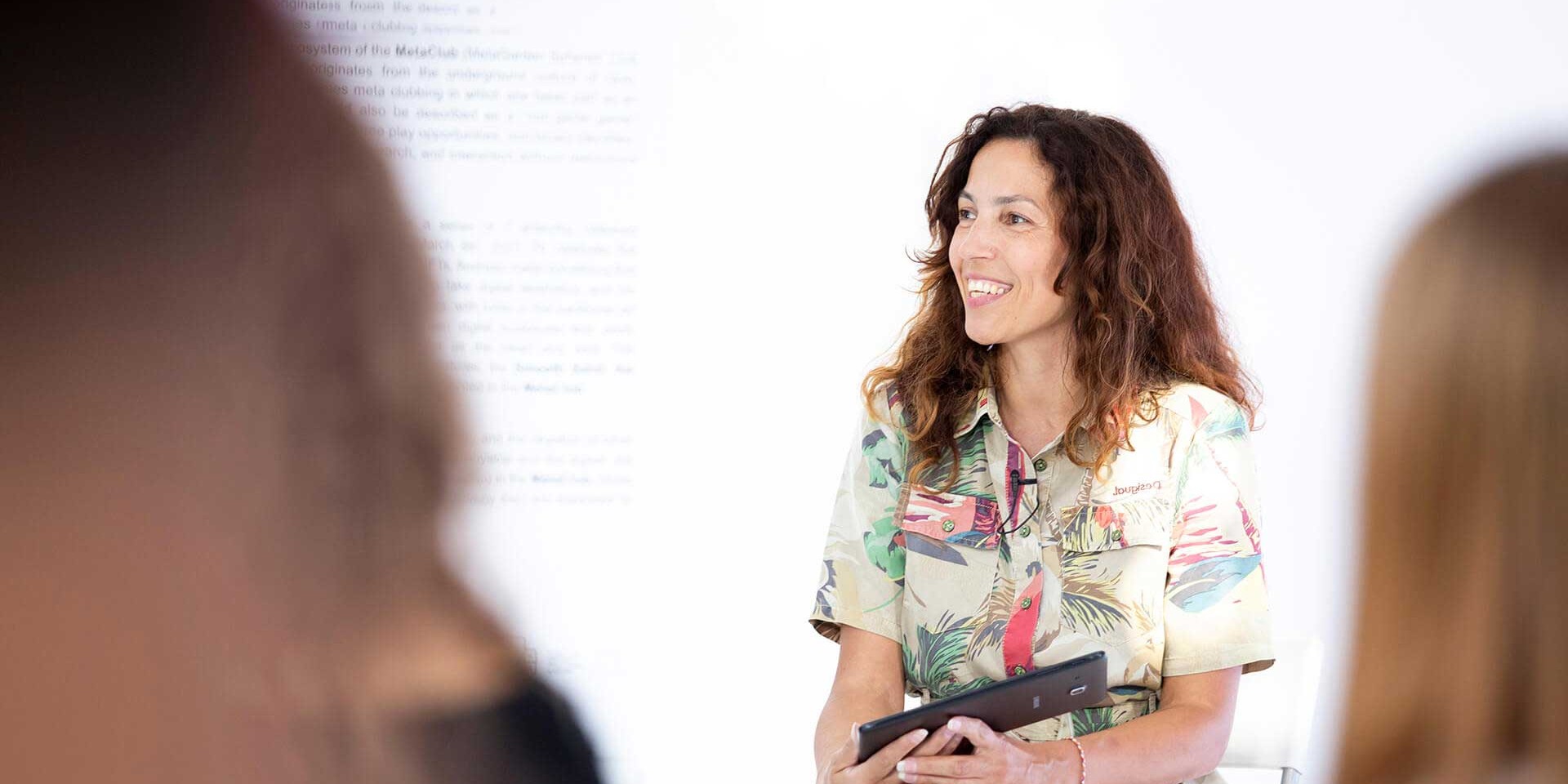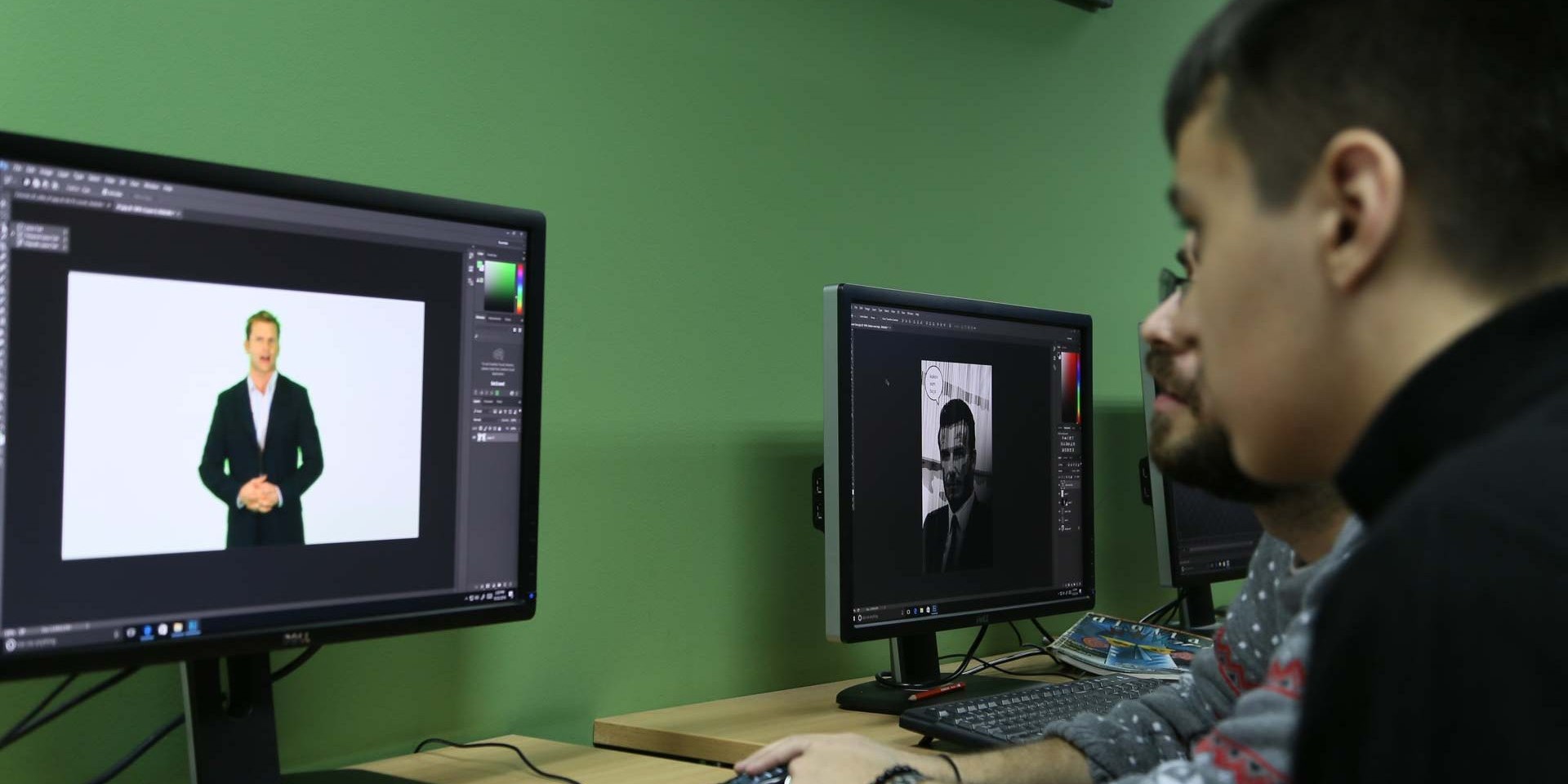Marija Delibašić: Digital Painting as a Gateway to the Film Industry
We talk to our former student and present-day colleague Marija Delibašić about how we can translate the knowledge gained through art studies into digital media and kick off a career in one of the fastest-growing industries of today.
Marija Delibašić (née Jovković) has been a part of the VFX industry for the past 10 years. Her formal education combines painting studies at the Faculty of Applied Arts and art history studies at the Faculty of Philosophy, both in Belgrade. Her curiosity extended beyond these areas, however, soon after completing her studies, she enrolled in our Matte Painting and Environment Design course. This experience, she states, has opened a window into the professional world of VFX. Formerly, Marija has even worked at the Crater Studio, and she is currently a Senior Matte Painter and Texture Artist at our collaborators Bunker. Throughout her career, she has created photo-realistic scenes for films and TV shows, as well as fantasy-styled cinematics for video games.
The interesting career path of our former colleague has enticed us to catch up with her and talk about her journey into the world of visual effects.
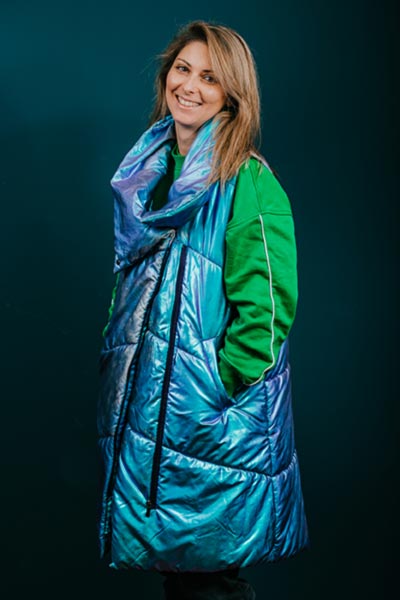
I have started my painting studies believing that, upon their completion, I would work and live off of my art in that classic, slightly romantic sense, the way we usually envision 19th and 20th century artists. I had continuously applied to art shows and projects both in Serbia and internationally. I was fairly successful at that, and I would periodically have art exhibitions and sell some of my works, but over time I realized that this way of life did not provide the kind of certainty I was hoping for. It required a lot of sacrifice, which wasn’t always accompanied by the success a young person would expect. Eventually, my dreams of a career in art began to fade, and yet art was the only thing I knew and loved to do – Marija begins her story by reflecting on the “transitional” period between her classic and digital art practice:
Today, I am aware that only a small percentage of artists are able to make a living through painting, sculpting, and other classical arts, and this is equally true in Serbia and in the rest of the world. Analog art has been superseded by digital the same way we no longer write letters but send emails and messages – and there is nothing wrong with that. Art in the classical sense continues to live in a digital format, while the contemporary art practices have dominantly veered into conceptual art.
CTC: When did you begin exploring matte painting skills, which ultimately led you to Crater?
Marija: For those of us who are more inclined towards traditional forms of expression in art, digital space has become a platform for further growth and development. Even at the start of my journey it was clear to me that a traditional approach to painting has far greater prospects in digital media than in any contemporary art competitions, so digital painting became a logical choice. That’s how I took an interest in your course. I wanted to transfer the knowledge gained through art studies into digital media and thus initiate a career and establish a professional direction.
How did you like the Matte Painting and Environment Design course?
Marija: The course has a great concept and structure, and the teacher, Dejan Deki Vukadinović, is very dedicated and interesting in his own right. Classes and exercises provided me with enough to enable me to work in the studio. I remember one of the first classes when Deki tasked us with picking several publicly available matte painting works close to our own artistic sensibilities and presenting them. Such an individual approach seems really good to me, as it nurtures our specific qualities. Some of us preferred concept art, and others were more inclined towards the quick matte painting collage which we quickly mastered through the course.
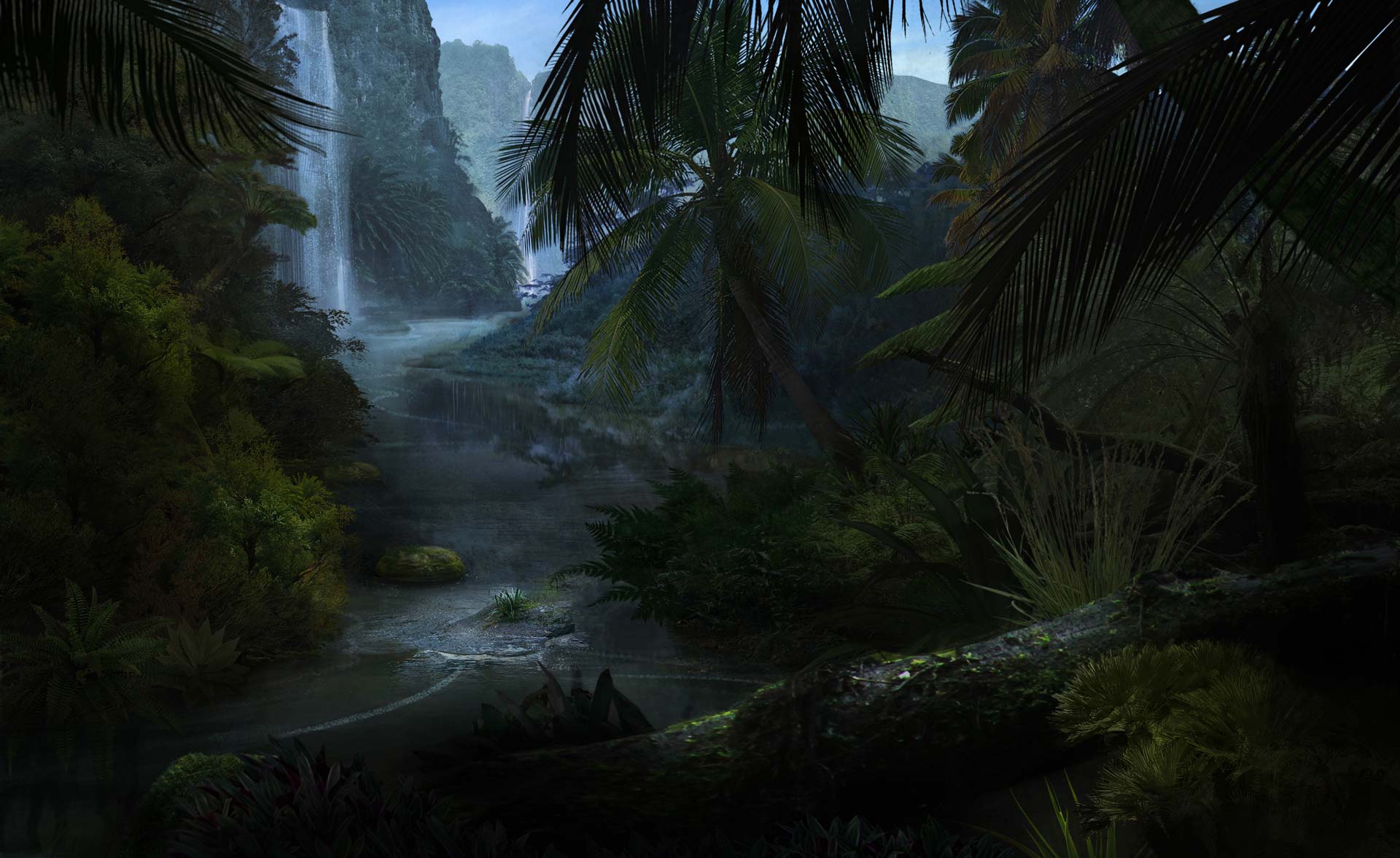
How did you eventually become a part of Crater?
Marija: Once we completed the course, some of us got an opportunity for an internship at Crater Studio. I was fortunate to remain at the studio after the internship, and thus began my professional career as a VFX artist. At the studio, I quickly expanded my knowledge. Projects were dynamic and diverse, including films, commercials, and animated films. Over time I have gained a new skill – texturing. My delight was even greater once I discovered just how broad was this area that I just entered and how much room there was to learn and further improve.
Are there any projects from your time in the studio of which you are particularly proud?
Marija: In the early days, the most satisfying thing was to see a film we worked on get released, to catch the premiere together. Those moments of joy and pride are carved into my memory for life. Some of the projects from that time that I was involved with are Eden, Muhammad: The Messenger of God, Na mlečnom putu, The King’s Daughter and many others.
How did your career progress further?
Marija: Later on, I have expanded my interests to include 3D, and after a while I have joined another Belgrade studio, Bunker, which primarily creates video game cinematics. Excluding minor breaks, I have remained at the studio to this point, where I am now a Senior Matte Painter and Texture Artist. A few cinematics from this stage of my career I would like to highlight are Plants vs Zombies, Summoners War, Dawn of Titans, Phageborn…
Marija: Another turning point in my career was working in the Fried studio, where I worked on two series, Leverage: Redemption and Besa 2. The biggest challenge I experienced was at the beginning of the epidemic in 2020. Entire industry had shifted to work-from-home mode, and I realized that this profession is sustainable even in such extreme conditions, because it can work entirely online, from home or any other work-friendly environment. As other industries shut down or slowed down during the pandemic, creative industries continued to grow. Nowadays, 10 years after my professional beginnings, VFX and gaming have become familiar professions and people are no longer puzzled when they hear that you’re creating visual effects for a film or a TV show. With globally popular titles such as Game of Thrones, The Rings of Power or Avatar more and more people are keen to enter the industry.
VI would like to help future artists become more familiar with the work of a Matte Painter and support fellow artists to expand their playing field to digital media, because it will bring them many new perspectives on professional expression, while their existing skills in traditional techniques will provide a solid foundation for their work. The area of 3D is very broad and provides enough room for a virtual lifetime of learning and professional development. It is also highly dynamic and prevents us from stagnation, as it allows us to smoothly shift between different areas, whether it’s animation, modeling, texturing, FX, matte painting, environment or concept art, and many others. As for choice of work, all of the above mentioned skills are applicable to movies, TV shows, video games, and commercials, which is diverse enough for everyone to find a direction that suits their preferences.– Marija concludes.
We are encouraging students to enrol the Matte Painting and Environment Design course all year round, so be quick to add your name to the list of course goers. We hope that this conversation has provided encouragement to take that step.
Interviewer: Branka Malenica
Photo: Andreja Marković Venator

